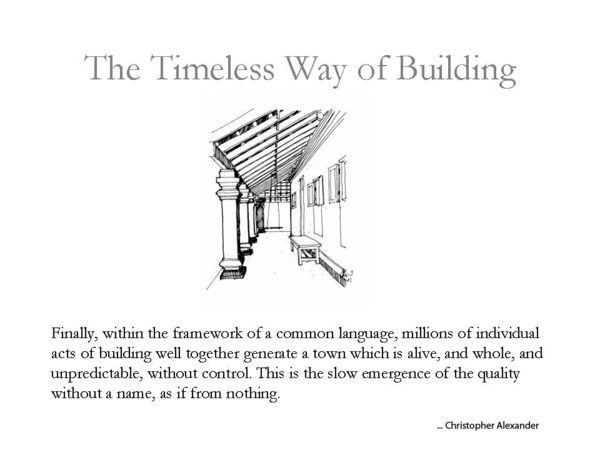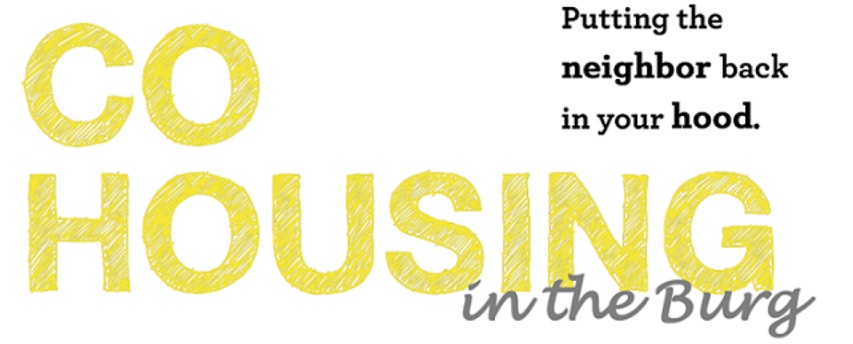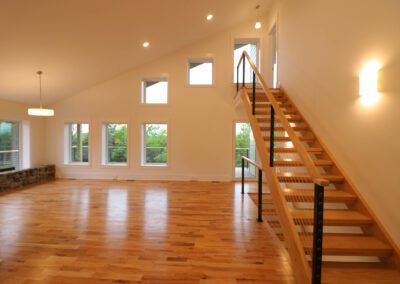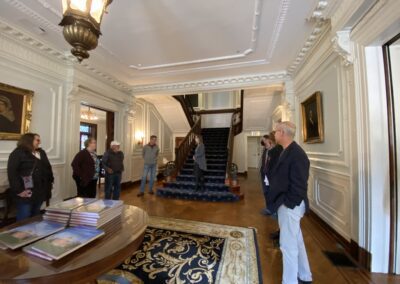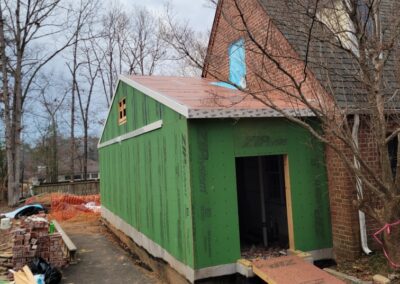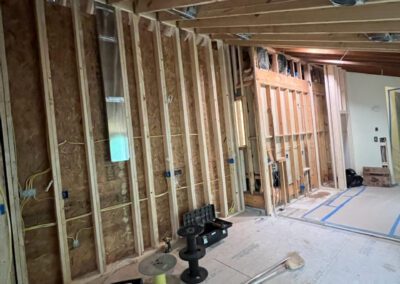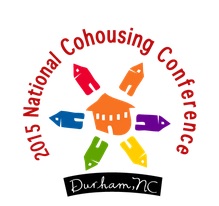
I just returned from the National Cohousing Conference 2015 in Durham, North Carolina. This conference is advertised as an introduction to cohousing basics, sustainability, community building, and the evolving definition of cohousing. There was a deliberate focus on new models of cohousing including urban and senior projects including a tour of an urban project in Durham, North Carolina. The first American cohousing projects were completed in the early 1990’s and more than 135 communities exist across the country. The term cohousing is credited to Charles Durrett and Kathryn McCamant of Nevada City, California who designed the first cohousing community in North America.
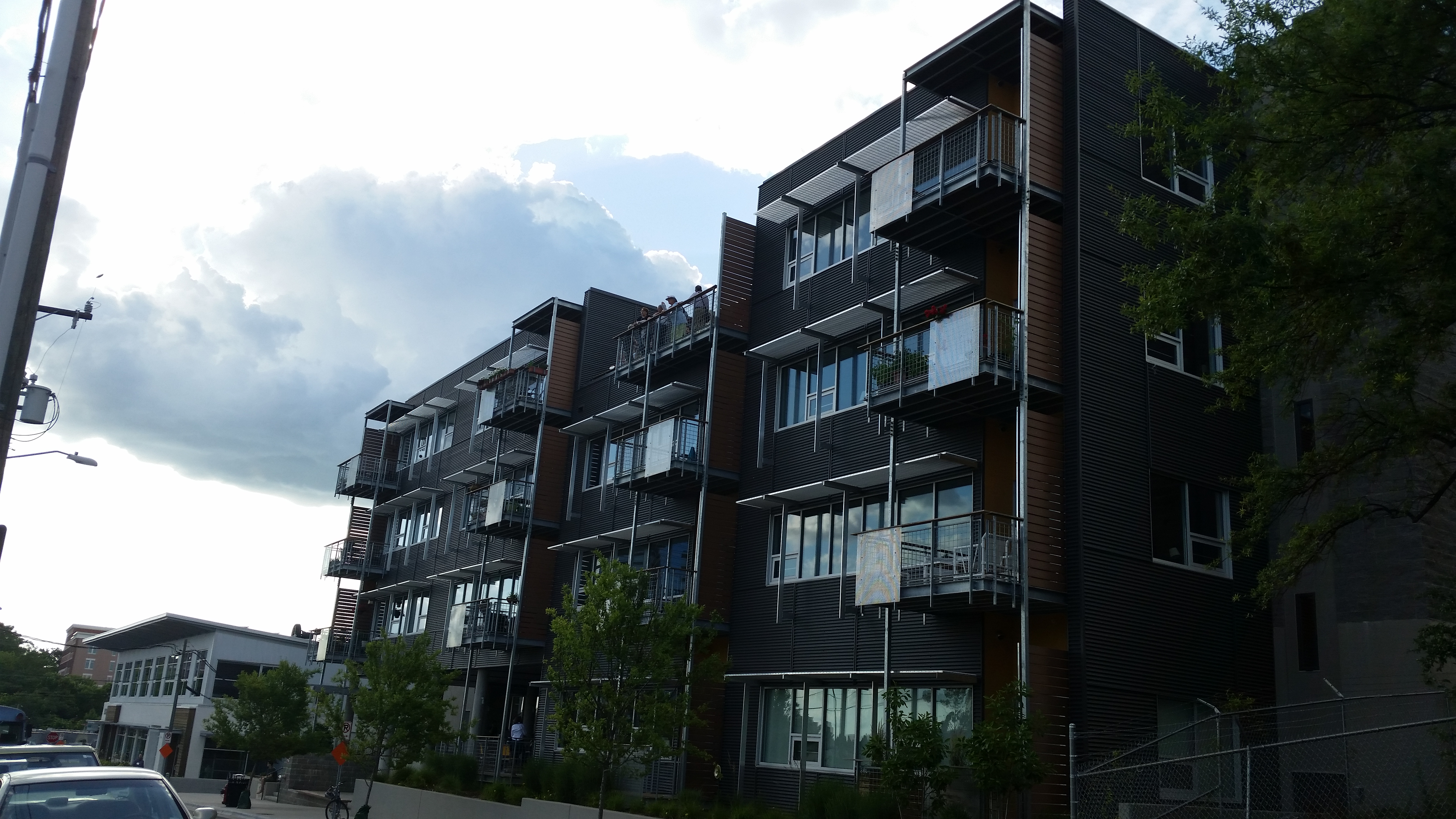
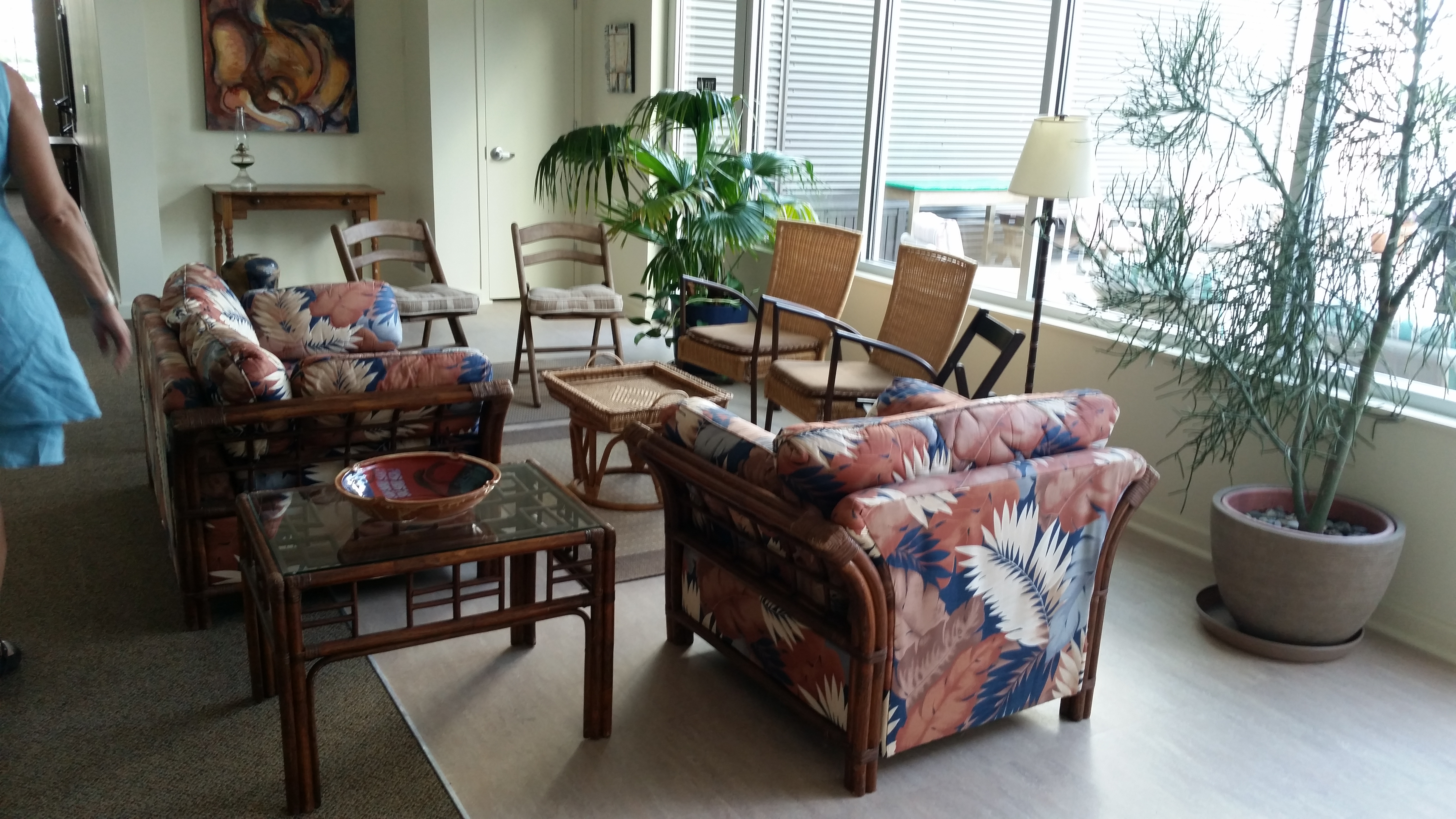
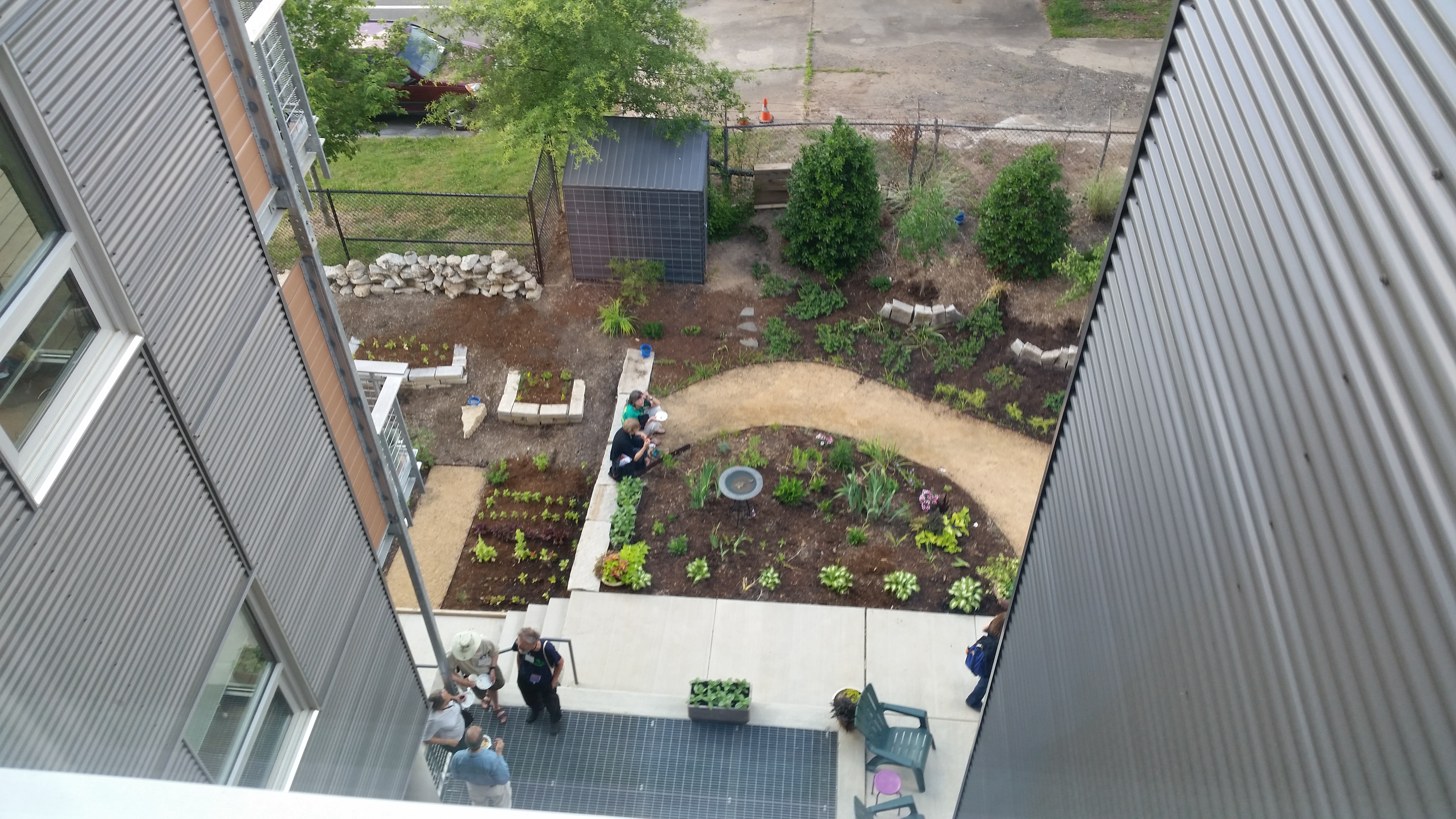
The main difference in cohousing from traditional neighborhood development is who has a say in decisions being made while they are being made. Cohousing is an intentional community where the people exist in community to form the design and building of the physical place. This concept of evolution of design through workshops and conversations is not that different from any project an architect may encounter that has a committee (church, industrial facility, school…). The difference is the community does not just give direction and the architect leaves to transform that into the design, the community stays and participates actively during design. They move the buildings around the site, set the goals, brainstorm ideas, shape the place, values, and form. This approach to design brings an active role of each community member and physical buy in to the end result. The architect is able to check their work by looking back at the values and goals established to see if they match.
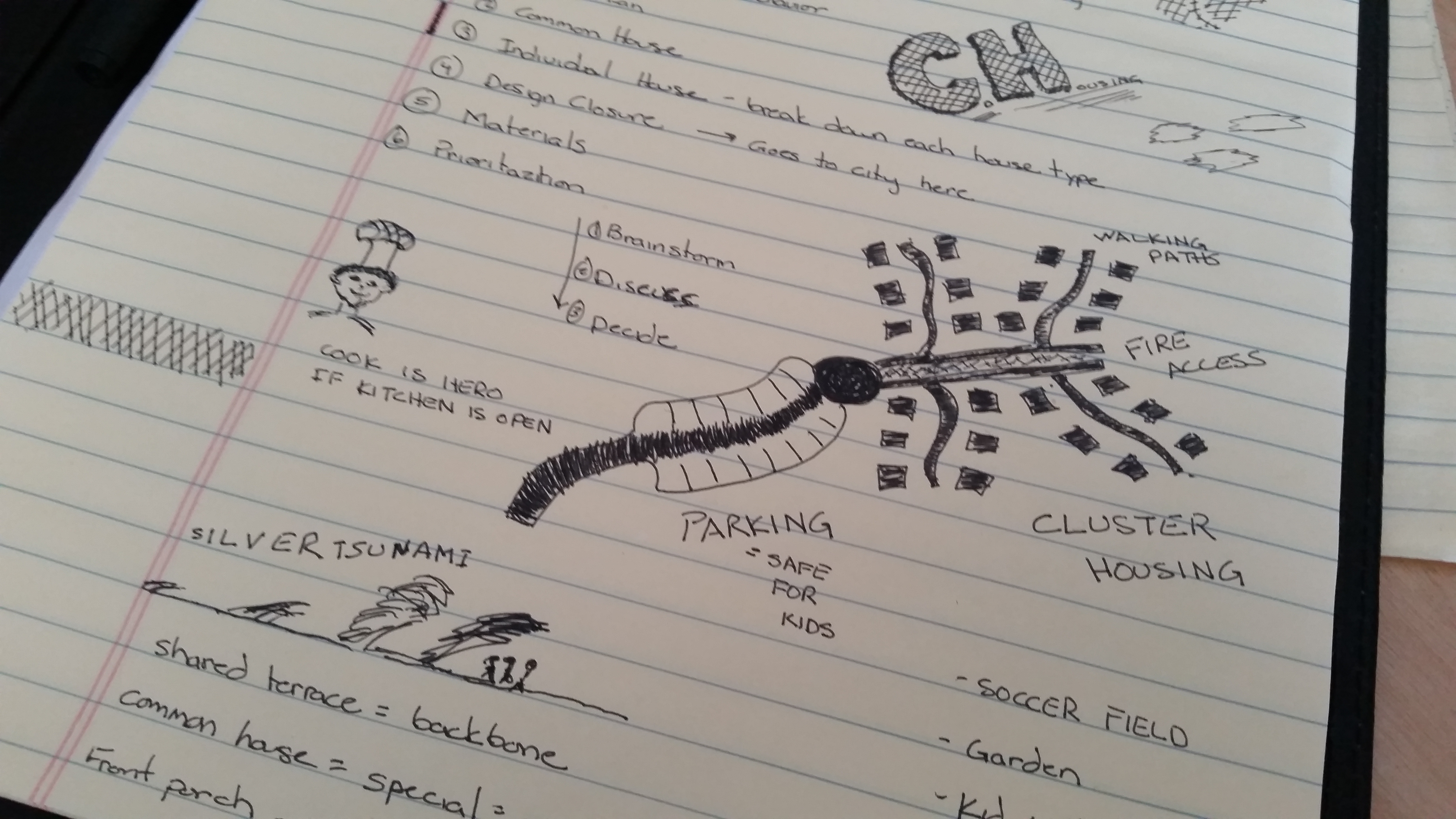
Durrett breaks his process down with a group as having 6 parts.
1. Design of the site plan
2. design of the common house
3. design of the individual house
4. design closure – architect presents the results to the group
5. selection of materials – countertops, flooring…
6. Values / prioritization – flushing out what is really important to get the budget right to build
The types of questions asked are not different from any other project I have worked on. It is simply the interactive process added to the design that offers added value and texture to these projects. Each decision goes through a process of brainstorming – discussing – decide. The architect is serving more as a facilitator than as the leader of the design process, giving guidance to decisions that impact social aspects of the community or cost implications, asking questions to help flush out design decisions. The architects job is to allow the neighborhood to become what it wants to be.
It is interesting how familiar the process used in cohousing is compared to how I was trained to design. One of the books that informs the cohousing process is Christopher Alexander’s book Pattern Language – one of the books I used heavily in graduate school. It is also a design approach where egos need to be left at the door to be most successful. The more successful projects I heard about this past weekend were led by people who clearly left their ego at the door. If you are interested in cohousing, I encourage you to look at what Schemata Workshop (Grace Kim) is doing at Capital Hill in Seattle and what Harvey Harman is doing at Living Well in North Carolina.
If it sounds interesting to you and you want to find a community, you can visit this website.
If you are in Harrisonburg, check out the Harrisonburg Cohousing group – they are incredible folks trying to build an intentional local community. Facebook page. Website.

